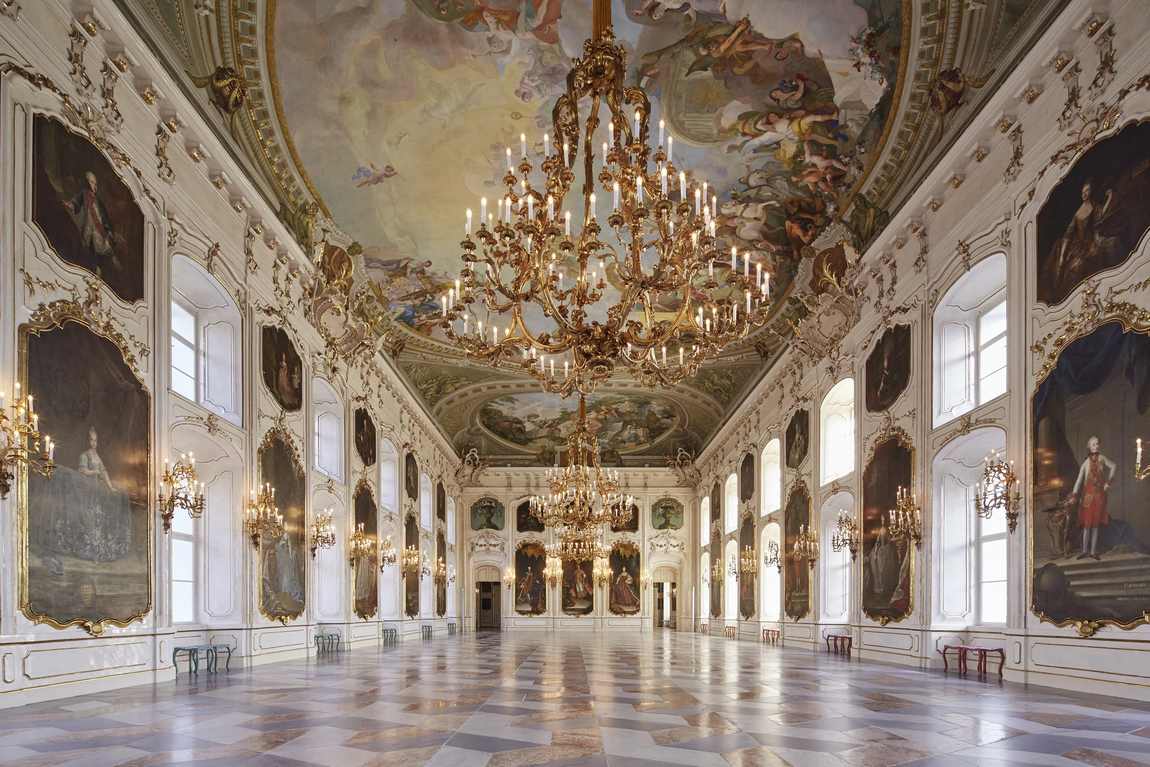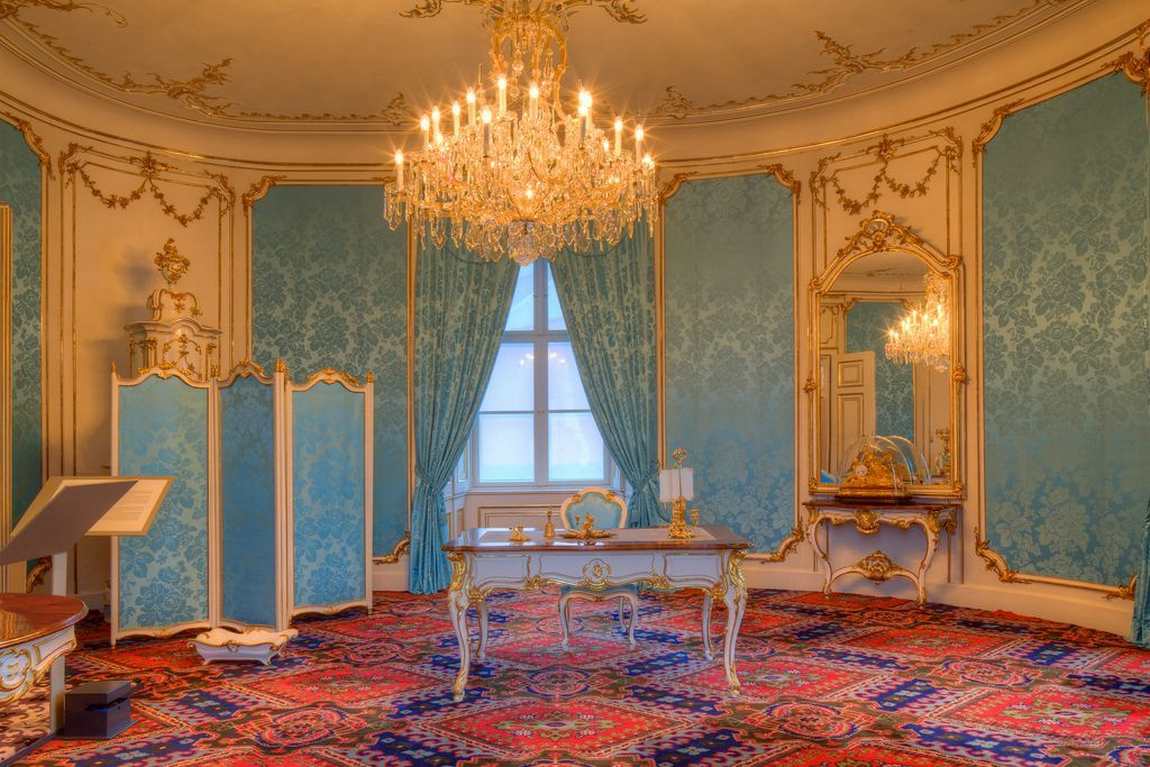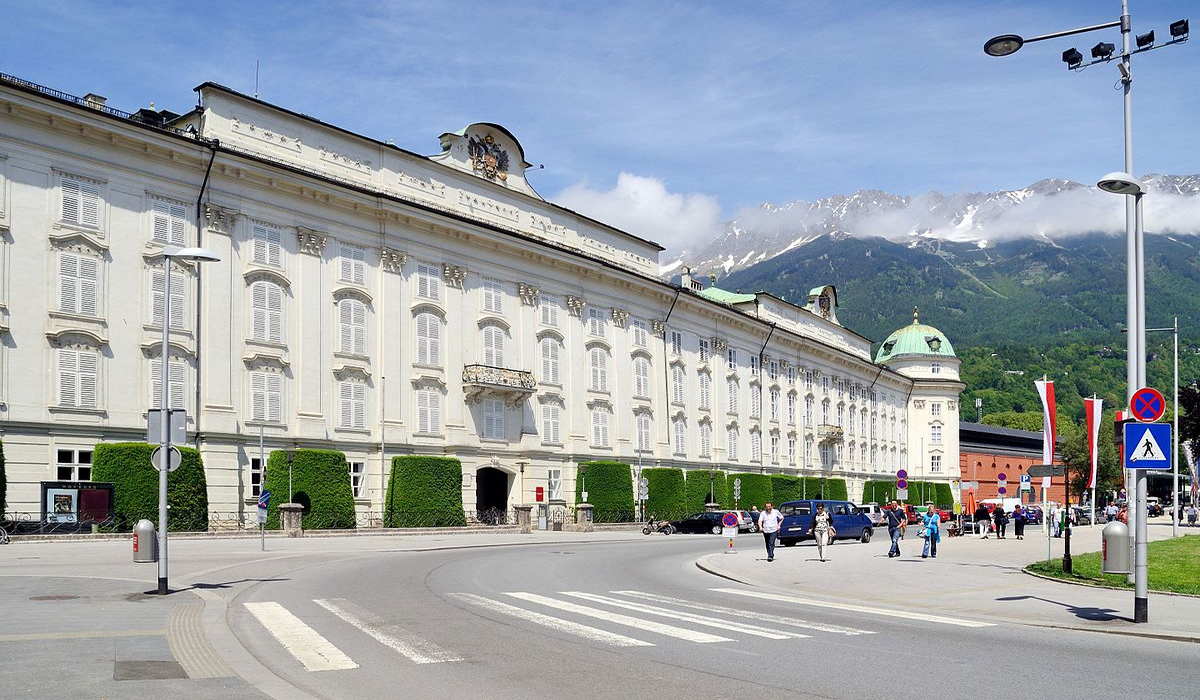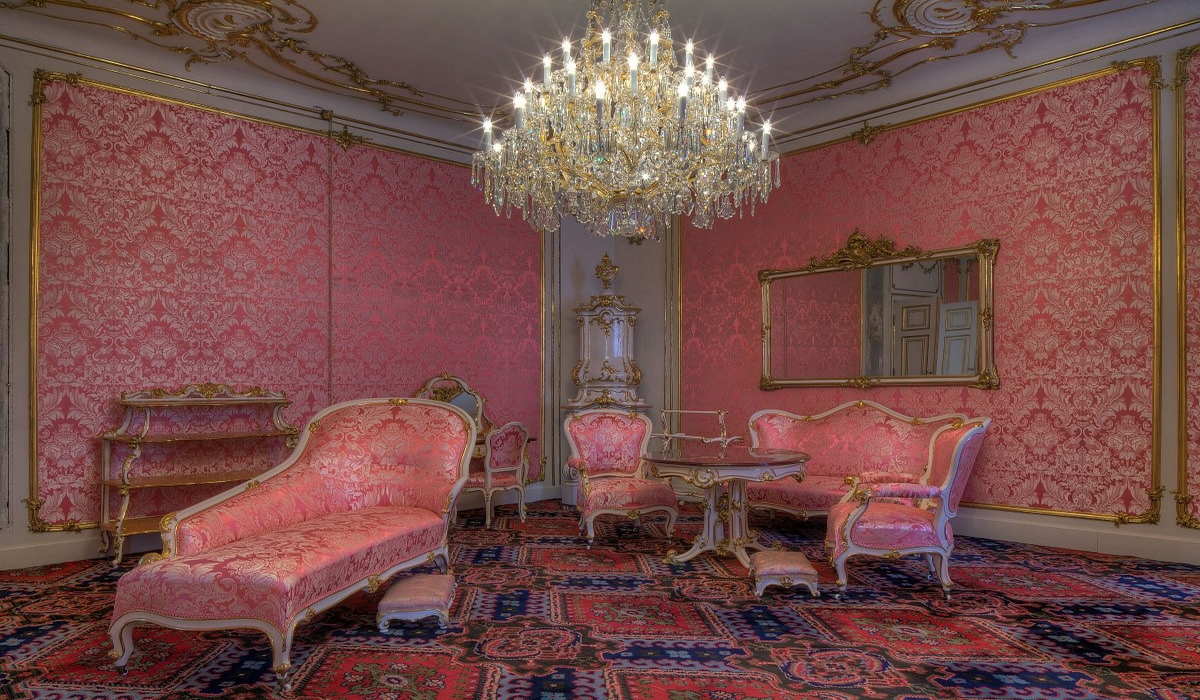In 1495 Maximilian I succeeded in transforming the palace into a true masterpiece of the late Gothic period, but in 1536 it was rebuilt in the Renaissance style. In 1754 Empress Maria Theresa felt that the interiors of the Hofburg, where she stayed during her travels, were not up to modern fashion, and in 1756 Her Majesty succeeded in transforming it into a sumptuous Baroque palace.

Further alterations and improvements continued until 1773. The east façade, for example, was completely redesigned. As a result of the many changes, the Hofburg has become one of the three most important historic buildings in Austria.
In 1805 the country was defeated by Napoleon and surrendered Tyrol, after which the Hofburg became an additional residence of Bavaria. During this period 700 unique pieces of Biedermeier furniture were added to the palace's exquisite interiors.
In 1835 Tyrol was returned to Austria, but all the furniture had already been moved to Bavaria. The last major rebuilding of the Imperial Palace took place in 1858. Vienna's Schönbrunn Palace served as a model for architects and designers.
With the end of the Habsburg era in 1918, the Hofburg's history as a royal residence came to an end and its gates were opened to the general public. Today the palace complex is divided into several sections, each of which is a masterpiece of architecture and interior design in its own right.
Royal chambers and halls

The interiors of the Imperial Apartments are in the late Rococo style. Each room has its own individual colour scheme, using bright shades of pink, green and yellow. The elegant furniture and decorations are mainly from the 19th century.
- The Gardesaal is now used for presentations, press conferences, celebrations and corporate events. The hall is decorated with paintings depicting the battles of the Ottoman Wars and family portraits of Tyrol's first viceroy, his wife Eleonora of Habsburg and the grandparents of Emperor Franz I.
- The Riesensaal is the famous Hall of Giants with its 1770s ceiling frescoes by Franz Maulbertsch, and everything in it is a reminder of the former greatness of the Habsburg dynasty. Today it is the venue for the country's most solemn and important events, banquets and concerts.
- The Old Mother's Room is a room containing documents and artefacts relating to the history of Tyrolean independence.
- The Silver Renaissance Chapel is used for organ concerts.
- The Hofburg Chapel has a bright and cheerful design, which is why it is often used for wedding ceremonies.
- The South Tower of the Hofburg was built around 1500 by Emperor Maximilian.
- A huge staircase with portraits of members of the Habsburg family, highlighting the important role they played in Austrian history.
- Maria Theresa's Salon features late Baroque frescoes discovered during recent renovations to the palace.
- The Audience Room, where Maria Theresa received her guests, is now available for hire for various events.
- Empress Elisabeth's rooms still have their original furnishings with silk tapestries.
- The Dining Room is famous for its enormous table, served with the family cutlery.
The wonders of the Hofburg in Innsbruck are not limited to the imperial chambers. The 1,300m² courtyard is adorned with sculptures, pilasters, arches and cornices, as well as Austrian symbols on the façade gables. Today the courtyard is used for concerts, film screenings, historical festivals and open-air events.
In the basement of the palace there are two halls — one Gothic and the other Baroque — where various exhibitions and cultural events take place.
During your tour of the palace, you can take a break and visit Café Sacher Innsbruck, an atmospheric 140-seat Viennese coffeehouse with access to the cosy summer garden in the palace courtyard. Two of the café's four rooms can be hired for private functions.
Unfortunately, photography is not allowed in the halls of the castle, but the experience is so vivid that it will stay with you for the rest of your life. And when they fade, you can always return to Innsbruck and the Hofburg.
Experienced guides provide a wealth of historical information, but for foreigners this is only available in English. An audio guide or a printed brochure with the same information can be borrowed on request.











